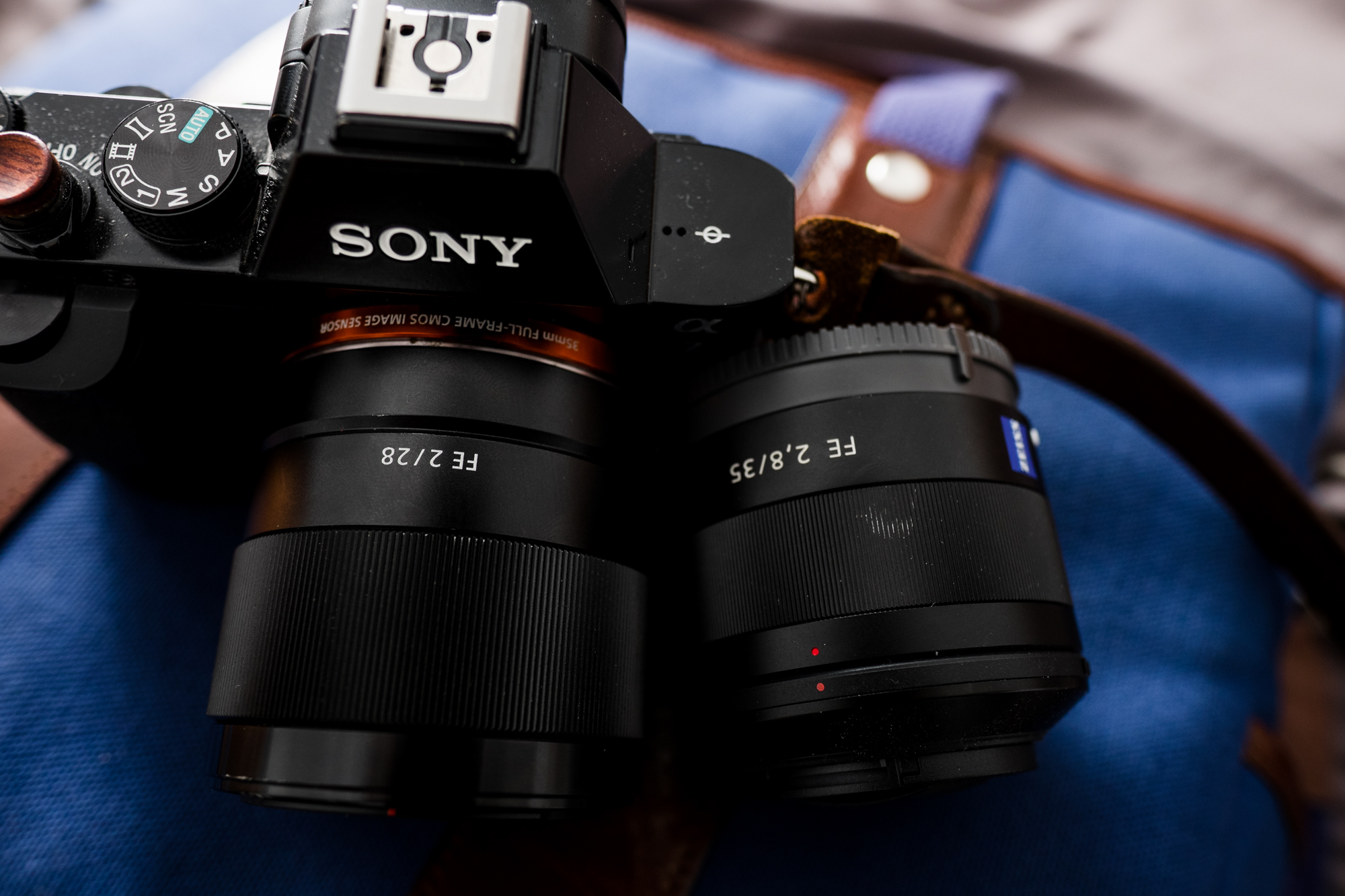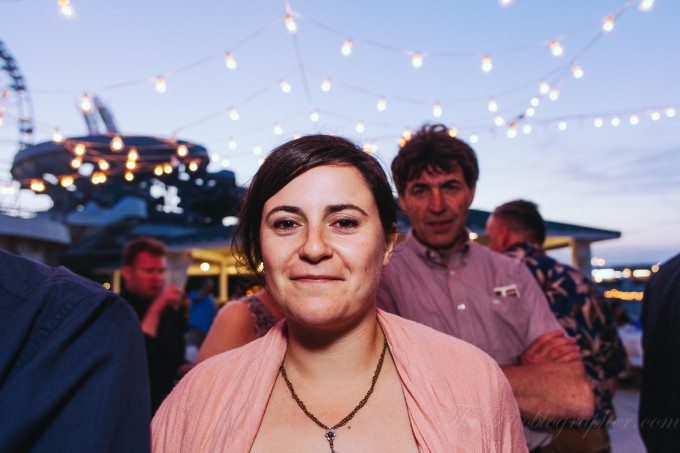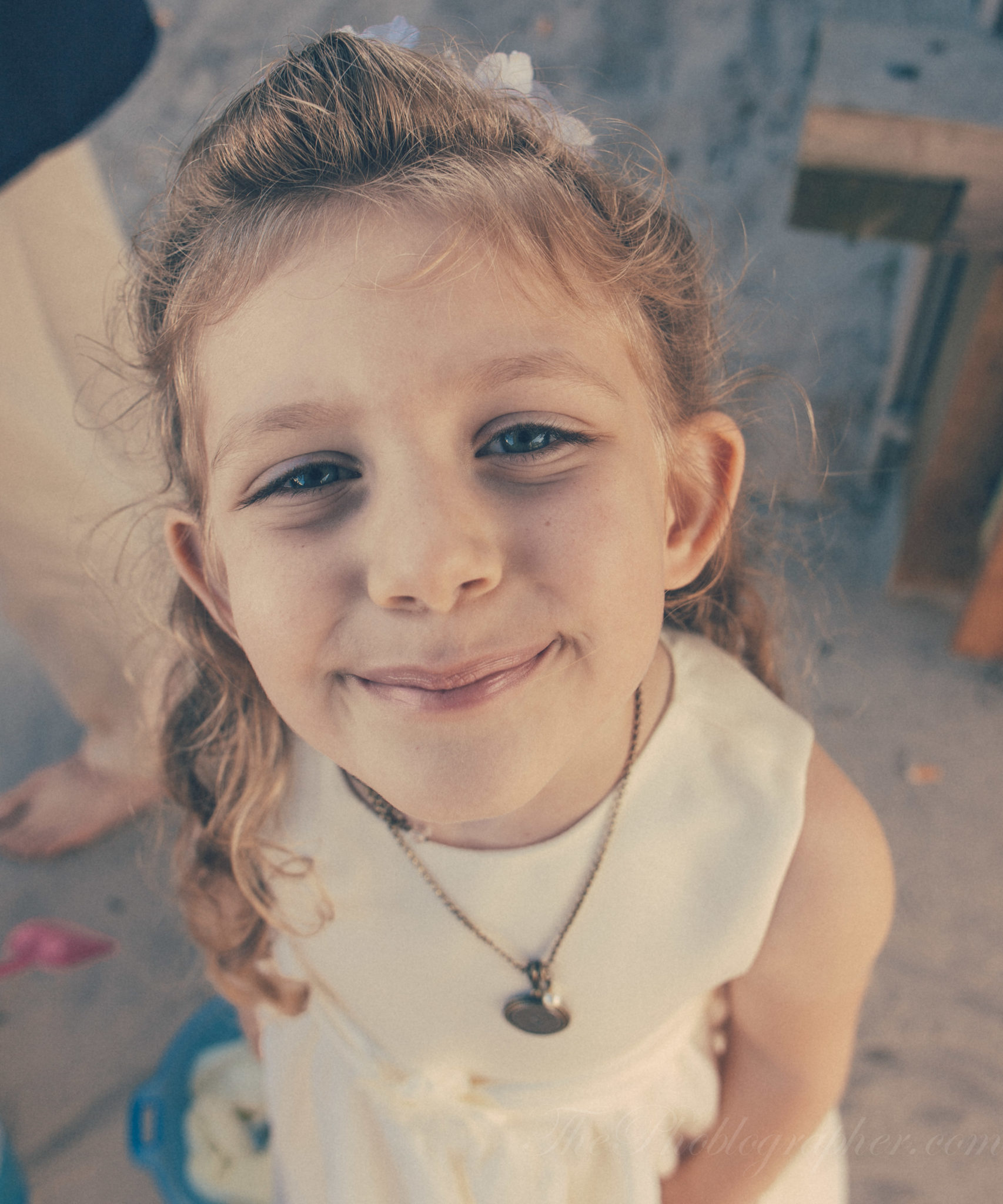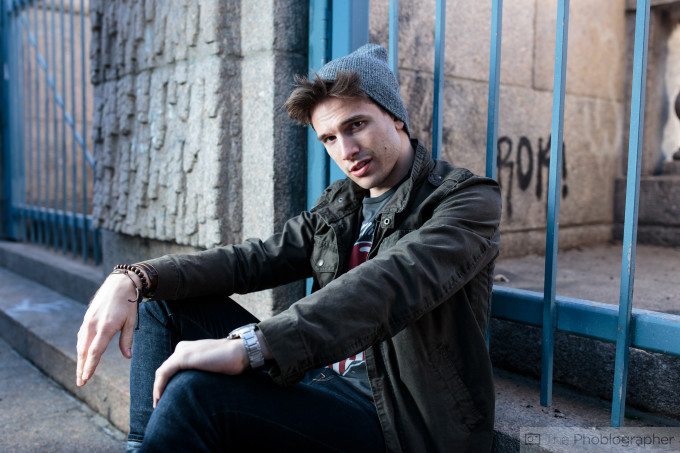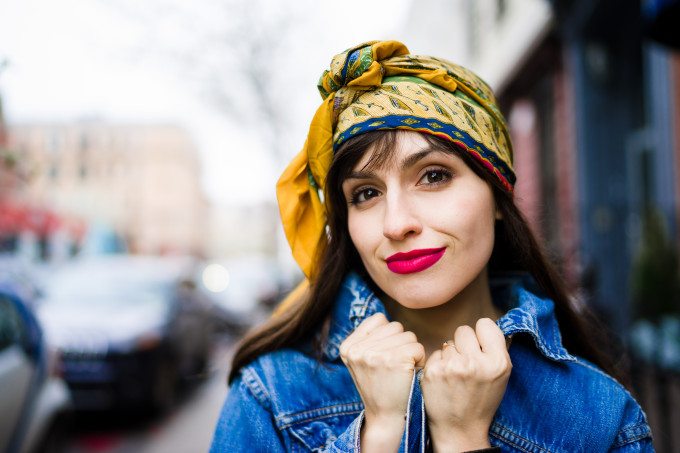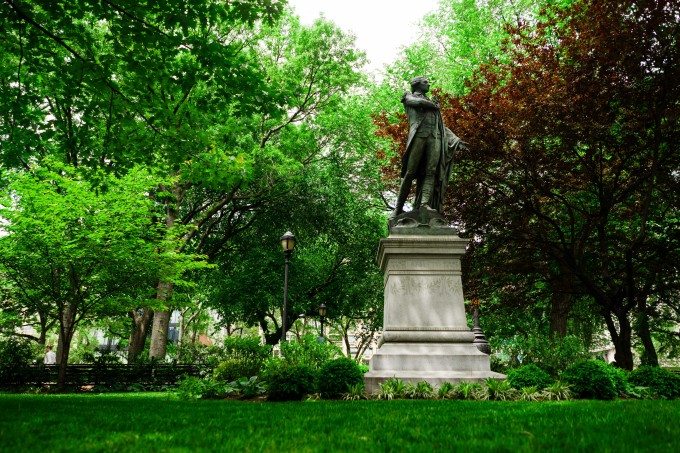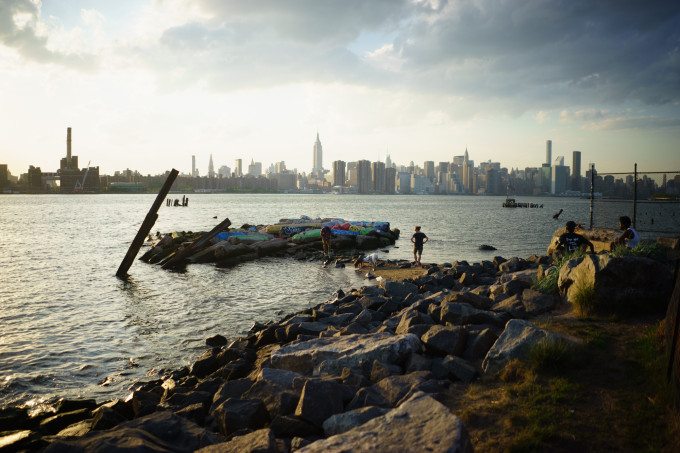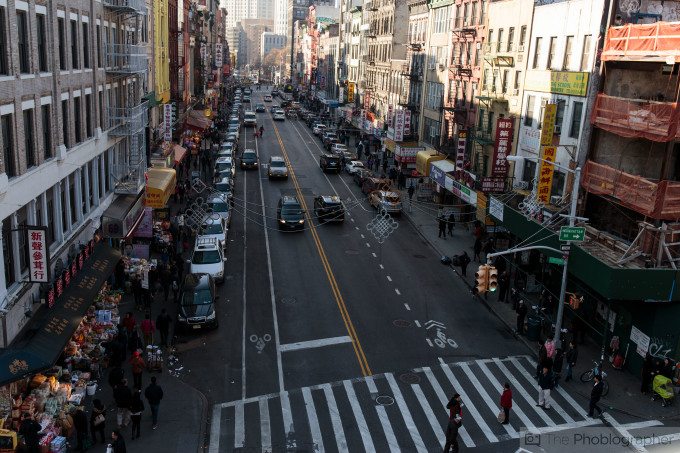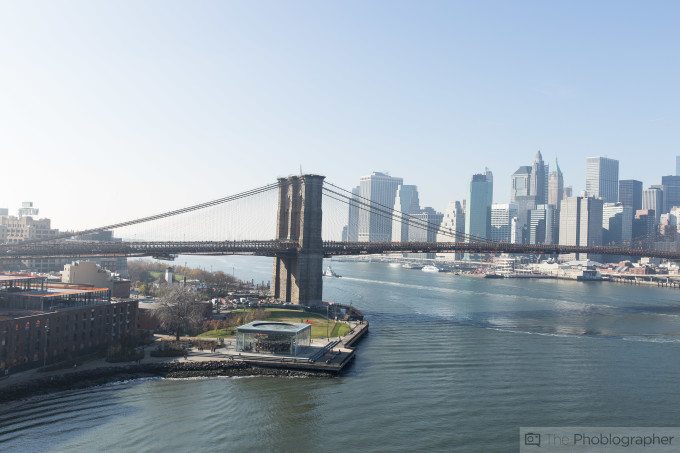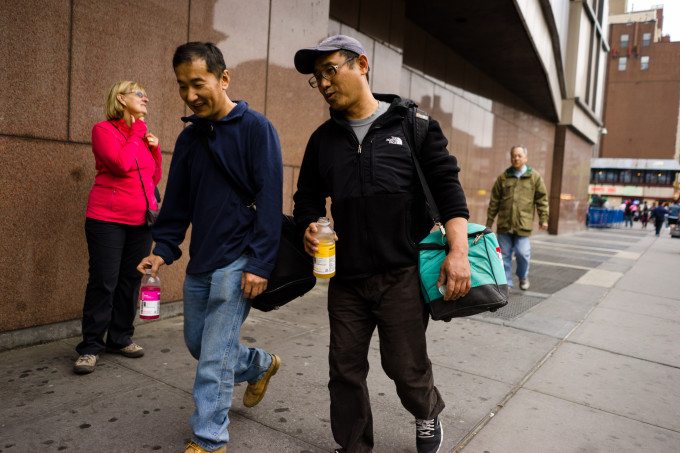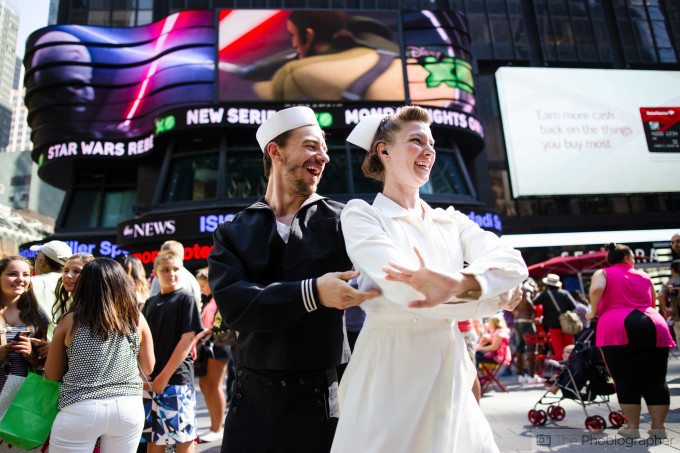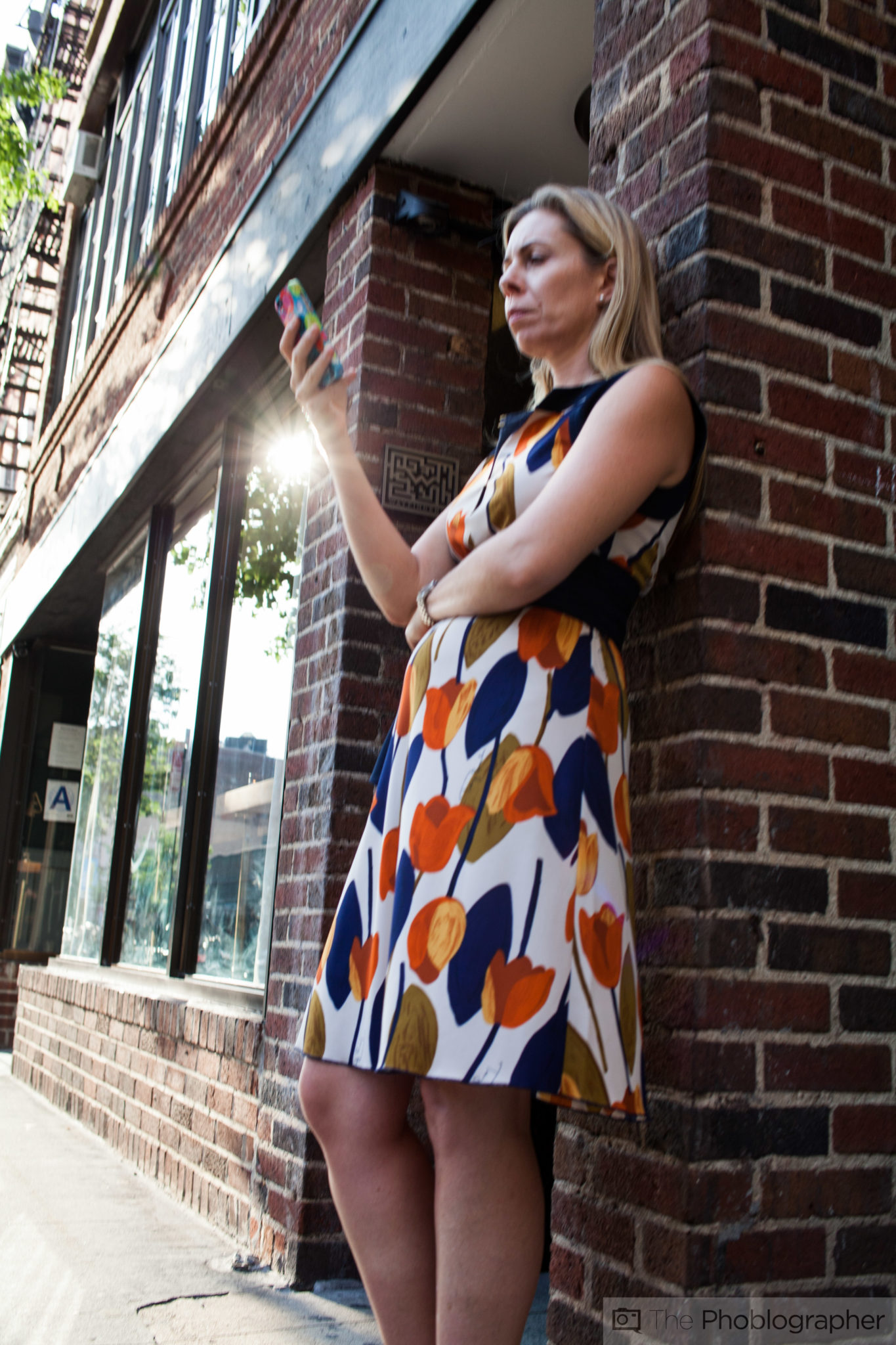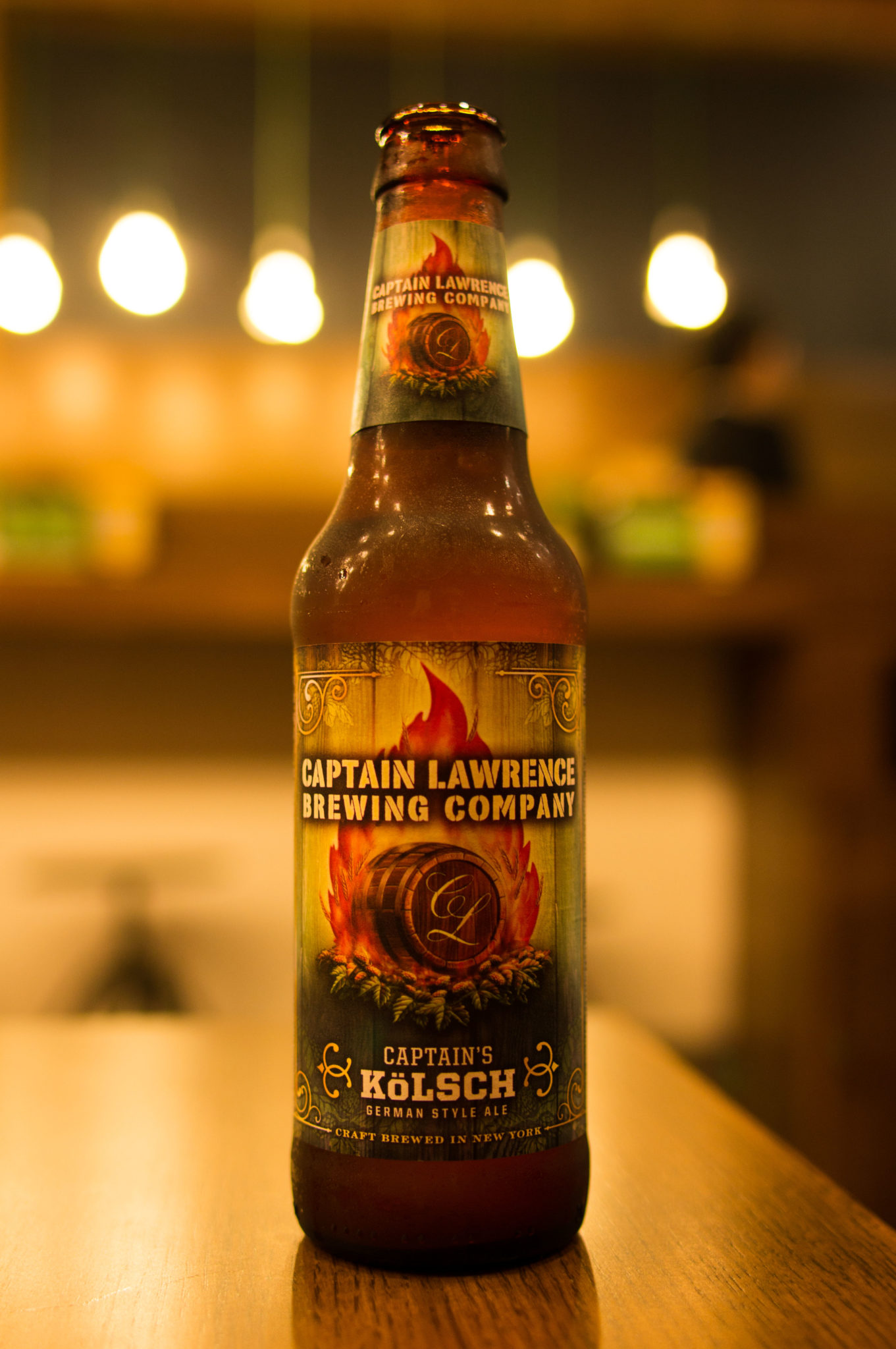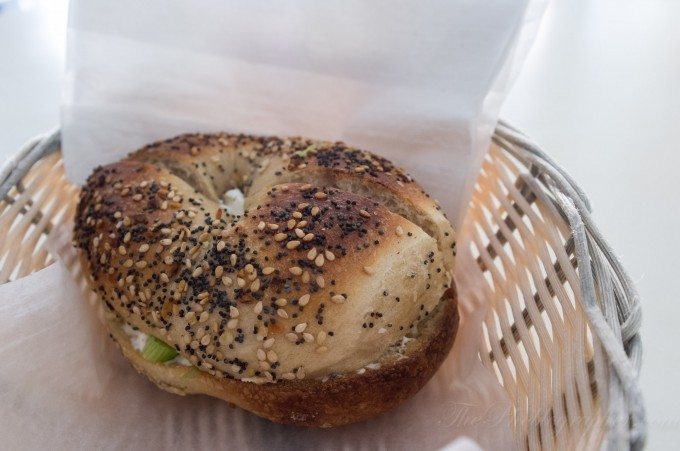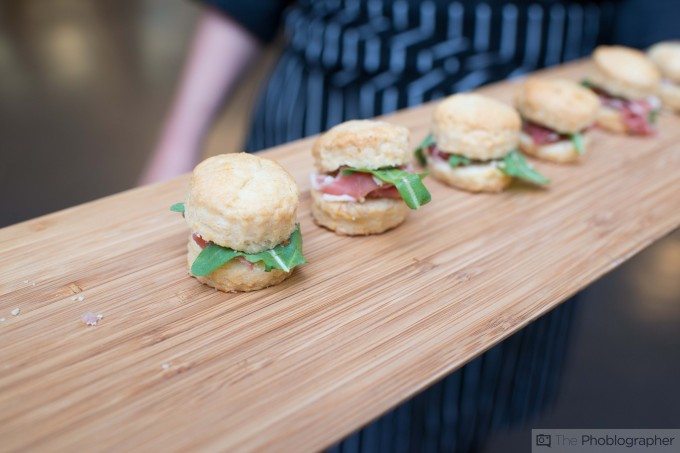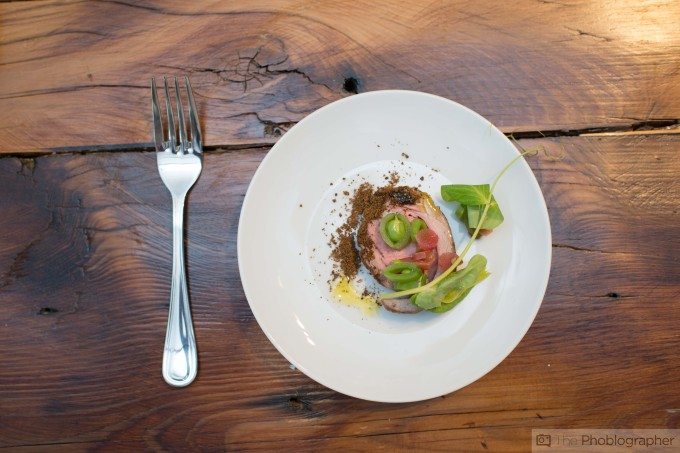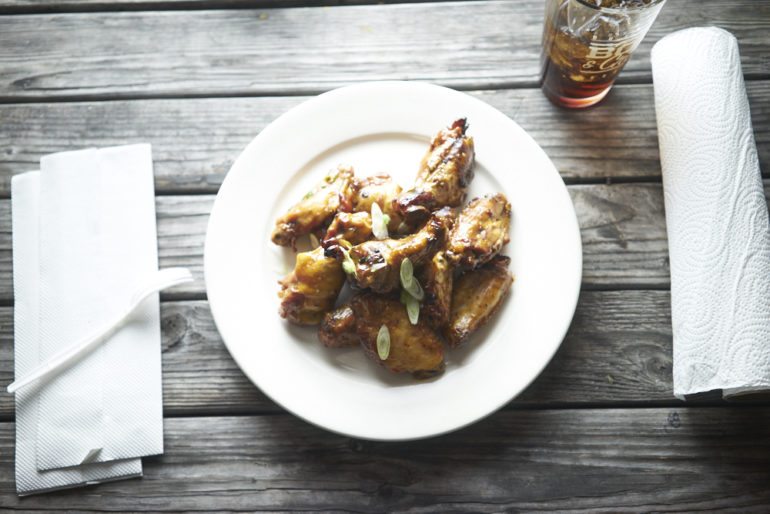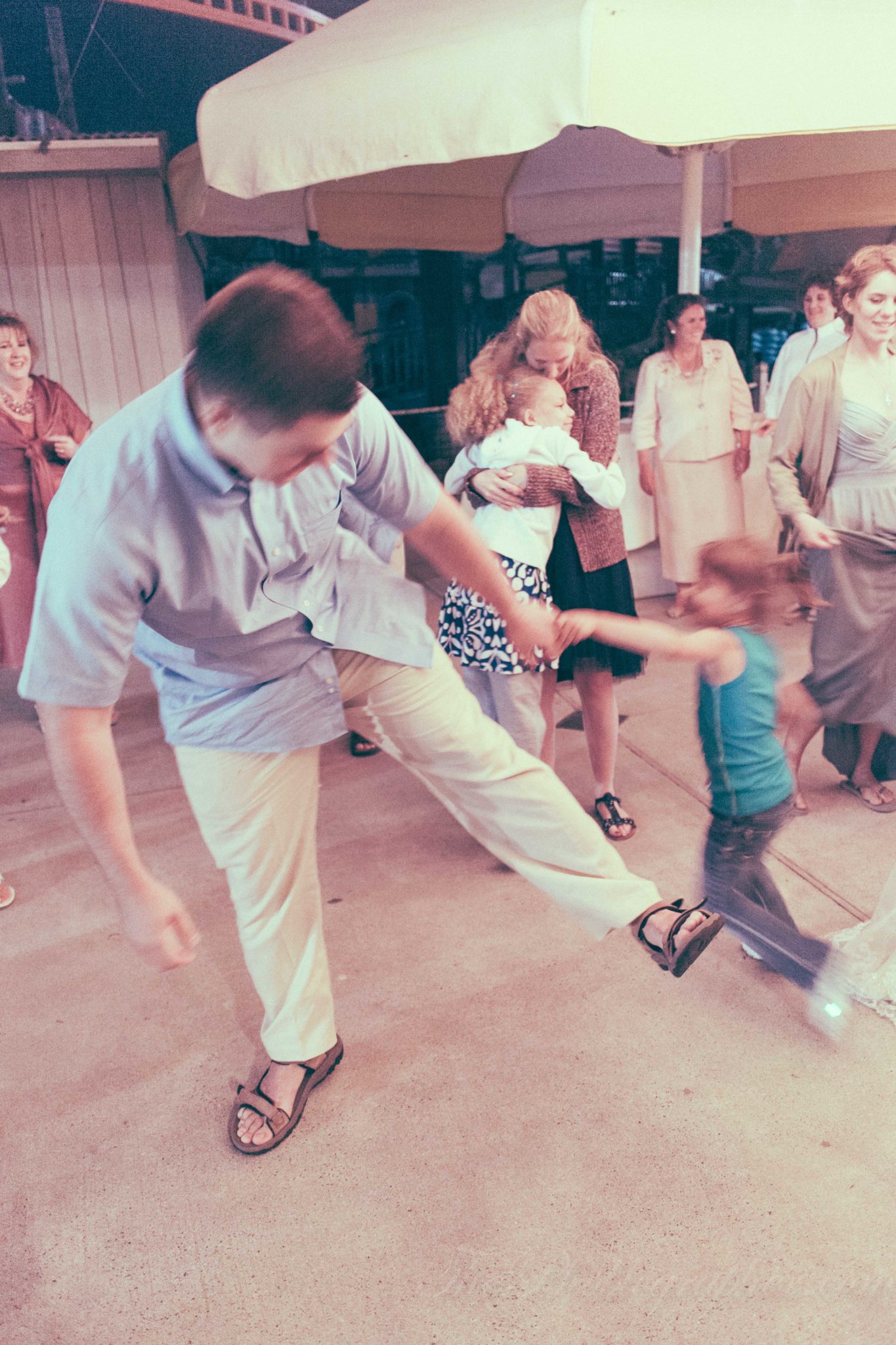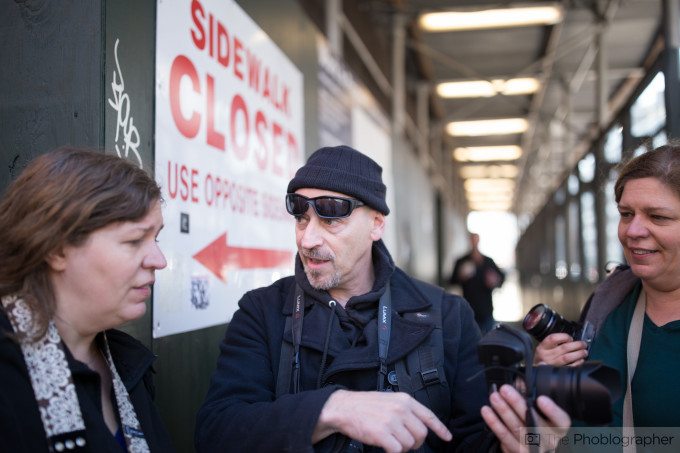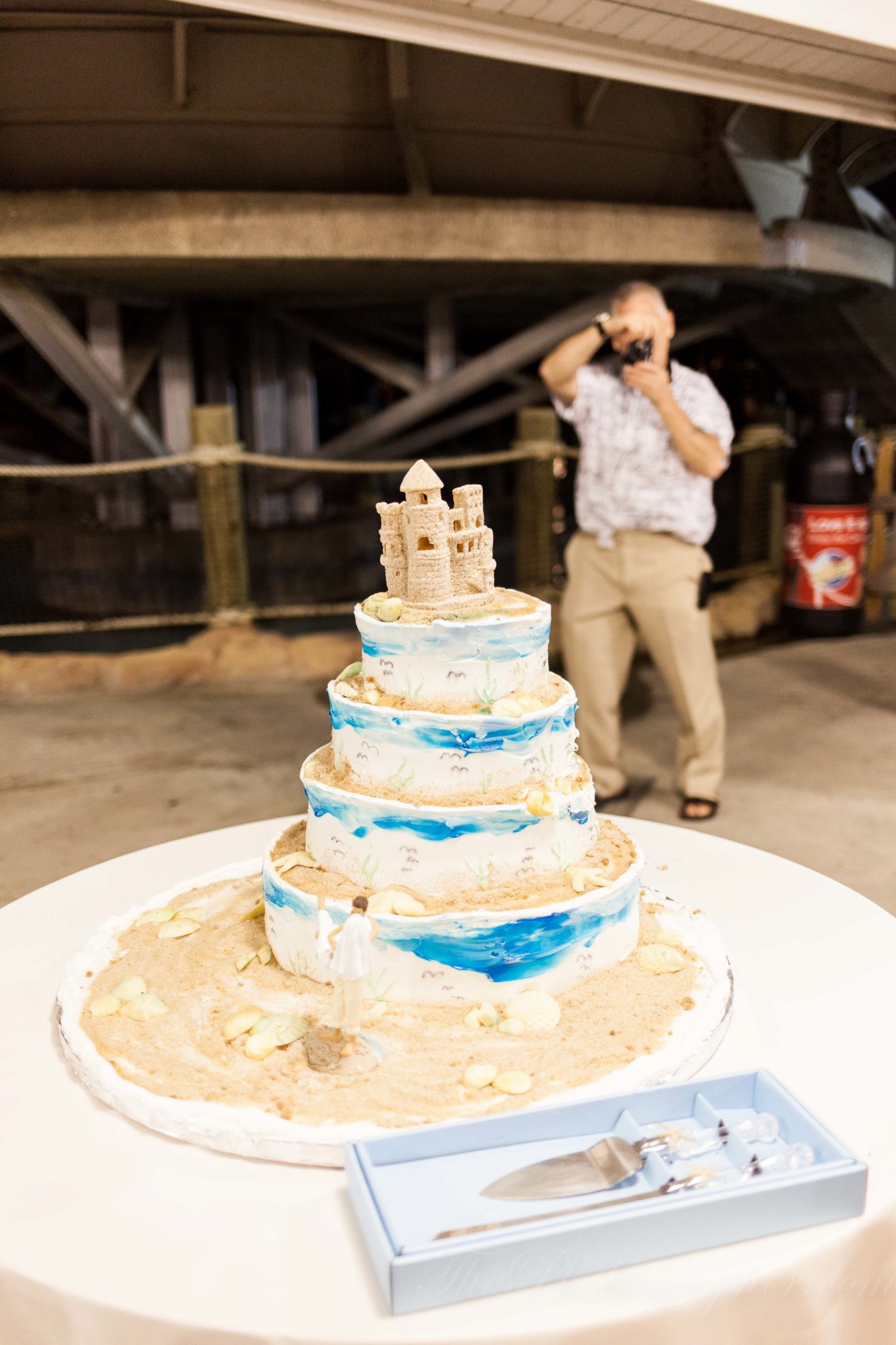Last Updated on 04/13/2023 by Chris Gampat
The obvious answer to the question of 35mm vs 28mm lens choice is whatever suits you; but the issue is that sometimes photographers require input from others. The two classic focal lengths have been used by many photographers over the years to create fantastic work. Each lens and focal length has their strengths and weaknesses, but after some time one is often more preferred over the other.
We’ve used a number of classic 28mm and 35mm lenses over time in our testing of lenses. So we went through our sample photos to help give you some guidance.
Portraiture
Portraiture with a 28mm lens of some has often not been considered very flattering. But if you learn how to shoot portraits with wide angle lenses, you’ll see that modern lenses are actually pretty capable. These two sample images from a 28mm lens were shot with the Canon 28mm f2.8 IS USM. And as you can see, it’s pretty good and there is acceptable distortion though it really isn’t that awful.
But of course, as you get closer up to a subject, you’ll get distortion. If I’m going to be honest here, I really prefer 35mm focal lengths for this reason.
Canon’s 35mm f1.4 L shows off just how capable it is for portraiture. Clay is shot very flatteringly here and nothing looks “not normal.”
Above and below are samples from the Sony 35mm f1.4 for FE cameras. And as you can see, it renders images really nice and there isn’t a whole lot of distortion. 35mm lenses in general these days are fantastic for portraiture, but to a certain point. I still prefer 85mm focal lengths though.
Winner: 35mm
Landscapes
Landscapes are another entry point here and lots of photographers will say “the wider you can go the better.” And typically that’s very true. 28mm lenses really make a big splash here because they’re more capable of bringing a scene into a view due to simply being wider. These lenses are also great because modern 28mm lenses have less perceived distortion when focusing far away.
In fact, I really, really like 28mm lenses for this reason when shooting landscapes.
When it comes to shooting landscapes with a 35mm lens though, then you’re a bit more limited due to the longer focal length. Of course, sometimes you want a longer focal length. However, in that case, you’re typically going much longer like telephoto ranges.
To be honest, I don’t believe that there is a great reason to have a 35mm focal length in your camera bag. Pixel for pixel, a 28mm lens is probably better here.
Winner: 28mm
Street Photography
Typically speaking street photography is different based on a number of factors: but most typically shooting styles. Urban geometry uses a scene to make the best of lines and colors. More traditional street photography is about people. When photographing people, you’re supposed to be at least Semi-close to them.
Because of the laws of depth of field, a 28mm lens will ensure that you get more of the scene in focus every time.
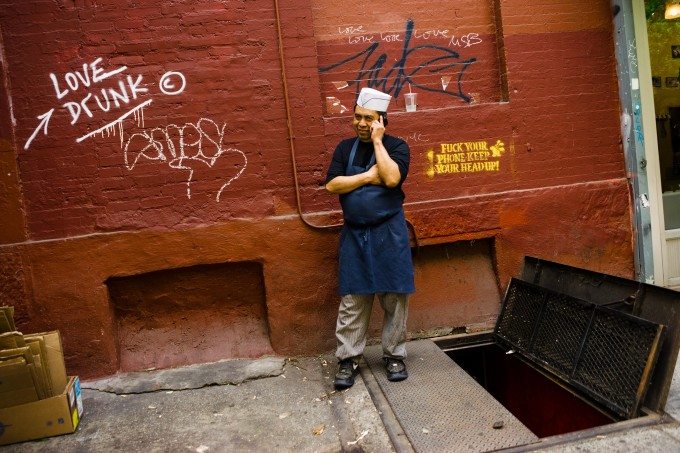
Also, 28mm focal lengths can be very fun. Most people see the world in 35mm. Some people see in 50 and some even see it in 28mm.
The sample image above and below though are with 35mm focal lengths. And they’re more classic and truer to the field of view that I typically have in life. For me, it’s just about standing there, focusing and shooting.
Despite this, I’ve personally been leaning more towards the 28mm focal length and 50mm focal lengths to cover both being very close up and a tad further away.
Winner: 28mm.
Food Photography
Now this is where things get even more subjective. You see, food photography is often done with wider angles because they simulate the way that the human eye sees food. 28mm focal lengths these days can focus very close to a subject specifically because a lot of people love shooting photos of their food.
Personally for me though, the 28mm focal length can sometimes lack a bit of magic. Instead, the two photos below are shot with 35mm focal lengths.
A 35mm focal length lets you really focus more on the food and also mimics the human eye a lot better than a 28mm lens will.
The two photos above and below were shot at food photography workshops I produced.
Winner: 35mm
Photojournalism
Now here’s where things are going to get even more complicated. With photojournalism, you’re often documenting a moment and that’s it. This is where you really have to be more about simply just using the lenses to get the moment and that has a whole lot more to do with you than with the lenses.
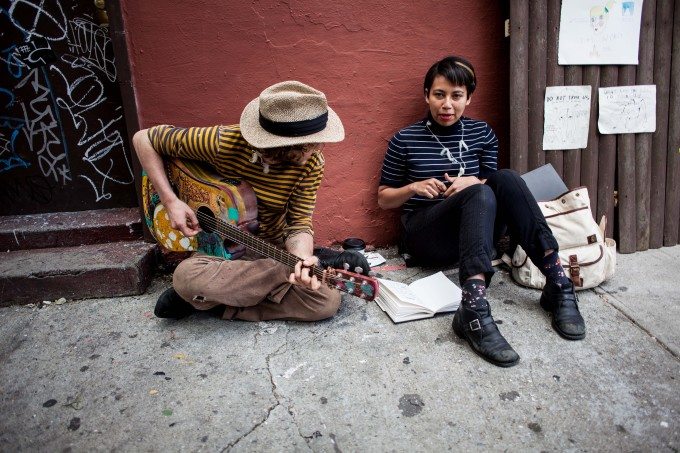
Generally speaking, I’ve seen more 35mm photos on the web when it comes to photojournalism but I honestly think that they’re both a bit of a tie here.
Winner: Tie


